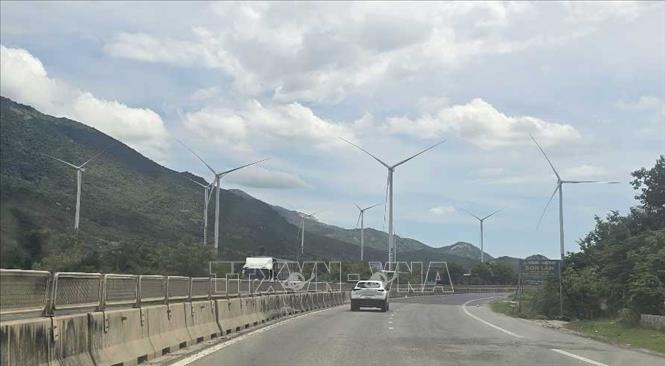
Lesson 2: The coastal energy pillar is taking shape
Along the nearly 400 km long coastal axis, Khanh Hoa is emerging as a “coastal energy pole”, thanks to its central geographical location, the Van Phong deep-water port cluster and the country’s leading wind and solar potential. The province has early identified energy as one of the four pillars of growth, shaping its “locomotive” role in ensuring energy security for the Central Highlands.
Resolution to open the way
Just two weeks after the provincial merger, on July 14, 2025, Khanh Hoa Provincial Party Committee issued Resolution 01-NQ/TU on economic growth for the 2025-2030 period, paving the way for the energy strategy. This strategic document clearly affirms that energy is one of the four pillars of the province's development, along with tourism, high-tech industry and marine economy.
Rarely does a locality like Khanh Hoa set specific and detailed targets for clean energy development in the Resolution on socio-economic development. Resolution 01-NQ/TU of the province has set a target of putting 14,000 MW of power source capacity into operation by 2030; of which, the 2025-2030 period will reach 8,200 MW with a clear structure: 2,300 MW of concentrated solar power, 1,800 MW of onshore wind power, 1,500 MW of LNG power, 2,400 MW of pumped storage hydropower and other sources.
This is an orientation that is suitable for the local natural and technical conditions, and at the same time creates a systematic step in the structure of clean energy sources. At the same time, Khanh Hoa sets a target of an average energy sector growth rate of 20%/year in the period 2026-2030, turning energy into a spearhead sector, creating a driving force for many other economic sectors.
Open development space and investment opportunities
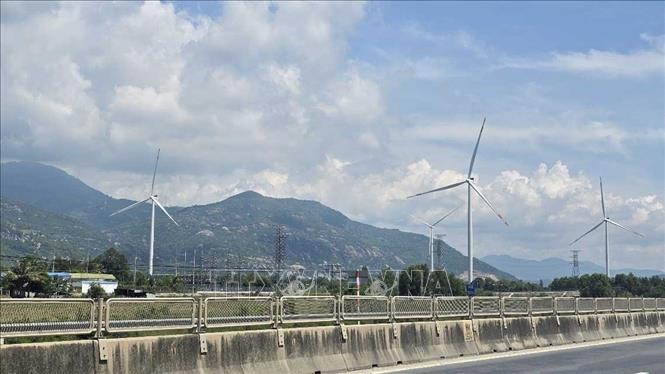
Resolution 01-NQ/TU and accompanying planning documents have clearly identified priority areas for energy development in the province. Accordingly, Vinh Hai – Phuoc Dinh is for nuclear power in the distant future; Thuan Nam – Thuan Bac, solar power and onshore wind power, combined with LNG (liquefied natural gas); Bac Ai – Ninh Son with pumped storage hydropower; Van Phong Economic Zone forms a national-scale LNG center, a hub for energy import and distribution.
Along with the large offshore wind potential (especially in the coastal areas of Ninh Hai and Thuan Nam), this is a clear "spatial map" that helps investors access more easily.
The 1st Khanh Hoa Provincial Party Congress, term 2025-2030, identified clean energy development as one of the strategic breakthroughs, along with infrastructure - high-tech industry - marine economy. From there, Khanh Hoa will become the "clean energy and LNG center of the country", playing a leading role in the development axis of the Central Coast.
At the recent Khanh Hoa Provincial Party Congress, National Assembly Chairman Tran Thanh Man emphasized that Khanh Hoa needs to maximize its advantages in terms of geostrategic location, Van Phong deep-water seaport and wind-solar potential to become a clean energy center and a major transit point of the South Central and Central Highlands regions. This is an important task identified in the Congress's Political Report.
In 2025, the province issued a bidding plan to select investors for many large projects, including coastal and offshore wind power clusters and large-capacity solar power projects. Van Phong LNG Port has also attracted international energy corporations to participate in research on the LNG import-regasification-power generation chain.
Coastal pole in regional energy axis
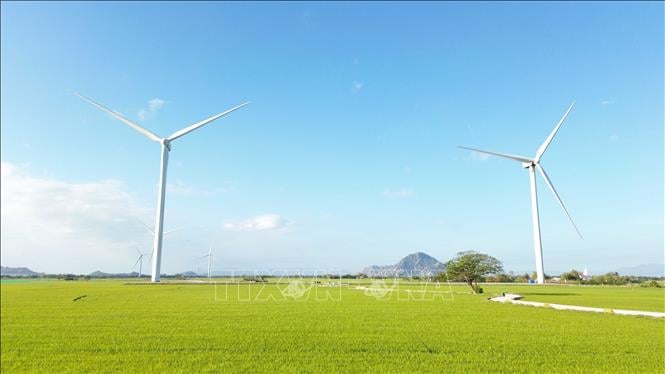
Khanh Hoa Provincial Party Secretary Nghiem Xuan Thanh said that immediately after the merger, the Provincial Party Committee issued Resolution 01-NQ/TU identifying energy as one of the four pillars of growth momentum in the 2025-2030 period, along with industry, tourism - services, urban areas - construction. Khanh Hoa after the merger has "heavenly time, favorable location, and harmony of people" - especially in terms of location, as the province owns a long coastline, a seaport system and a large space fund to develop clean energy.
Located in the center of the South Central Coast, Khanh Hoa is a natural connection between the Central Highlands and the sea. The rapid development of the energy industry here has implications beyond the province and has been determined to supplement large-scale power sources for the Central Highlands; reduce the load on the national transmission grid. When Van Phong becomes a point of balancing the capacity of the Central region, it will create conditions for the formation of the Van Phong energy - logistics - technical service industrial cluster, leading to supporting industries.
According to the Power Plan VIII, Vietnam prioritizes the strong development of wind, solar and LNG power sources, forming renewable energy centers linked to large-scale inter-regional transmission grids. The South Central Coast - Central Highlands region fully meets these criteria, thanks to its natural advantages of wind and sunshine, its geographical location as a transit hub and its deep-water port system. In the new energy structure, Khanh Hoa plays the role of a receiving, regulating and transmitting center, a "strategic node" of the entire region, and will become the leading renewable energy and LNG center in the country, with the ability to supply tens of thousands of MW to the national grid.
Khanh Hoa Provincial People's Committee has directed departments and branches to accelerate site clearance, grid connection, and licensing procedures under the one-stop mechanism; coordinate and ensure transmission infrastructure is ready to receive large capacity flows from ongoing projects. Khanh Hoa is also coordinating with the Ministry of Industry and Trade and Vietnam Electricity Group to complete 500 kV and 220 kV lines connecting the Van Phong - Thuan Bac area with the national transmission system, opening up the possibility of exporting renewable electricity outside the region in the future.
The synchronization between source planning - grid - development space will help the locality become the coastal pole of the Central Highlands - Central region energy axis, parallel with the Lam Dong plateau pole, creating a sustainable energy corridor from the Central Highlands to the sea.
In the near future, when strategic transmission lines are completed, Khanh Hoa will not only be a place to supply energy to the Central Highlands region but can also play the role of a gateway for exporting offshore wind power, LNG and energy services. (To be continued)
Last post: Clean energy links
Source: https://baotintuc.vn/kinh-te/truc-nang-luong-xanh-vuon-ra-bien-lon-bai-2-20251008193550750.htm


![[Photo] Prime Minister Pham Minh Chinh attends the World Congress of the International Federation of Freight Forwarders and Transport Associations - FIATA](https://vphoto.vietnam.vn/thumb/1200x675/vietnam/resource/IMAGE/2025/10/08/1759936077106_dsc-0434-jpg.webp)


![[Photo] Prime Minister Pham Minh Chinh inspects and directs the work of overcoming the consequences of floods after the storm in Thai Nguyen](https://vphoto.vietnam.vn/thumb/1200x675/vietnam/resource/IMAGE/2025/10/08/1759930075451_dsc-9441-jpg.webp)
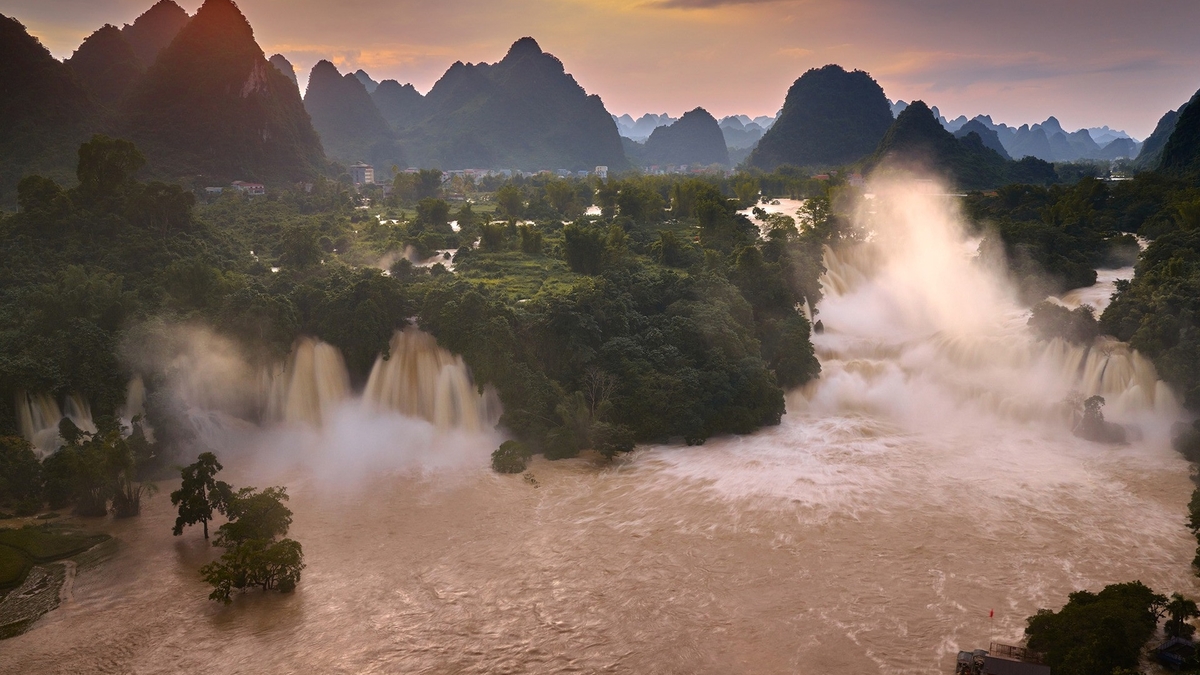



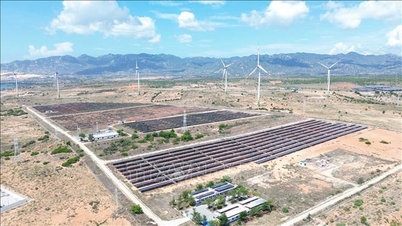
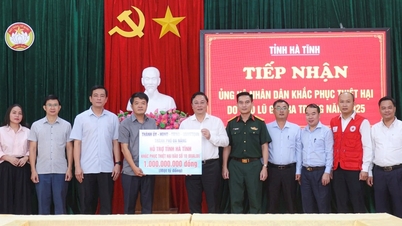




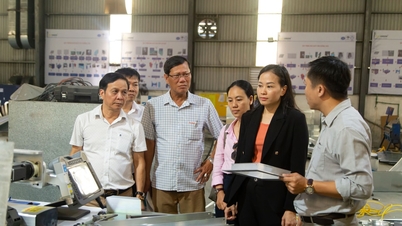


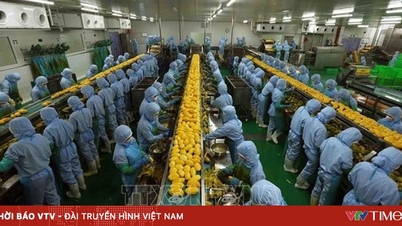


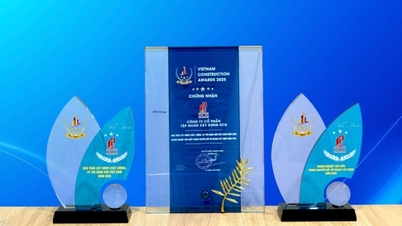

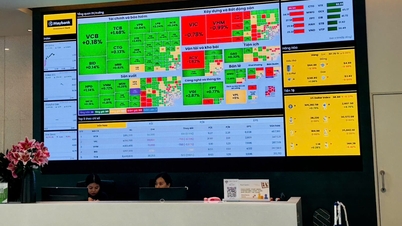








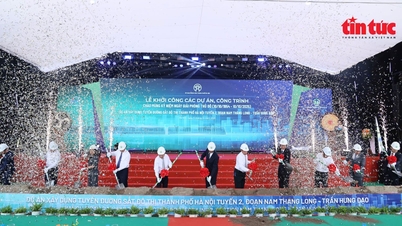
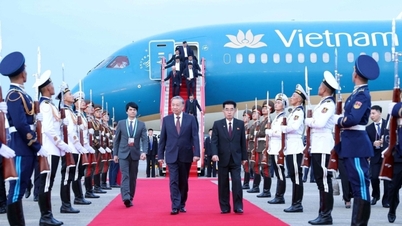
























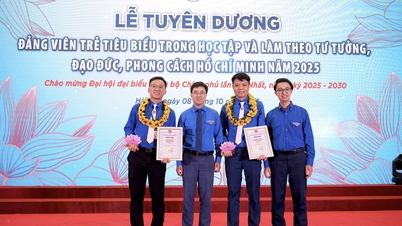
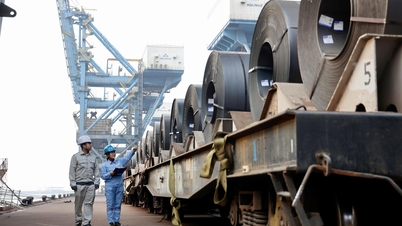



















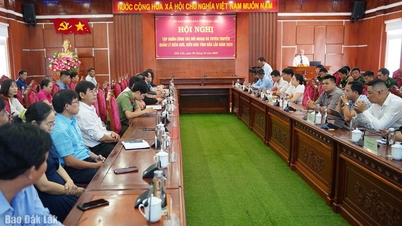

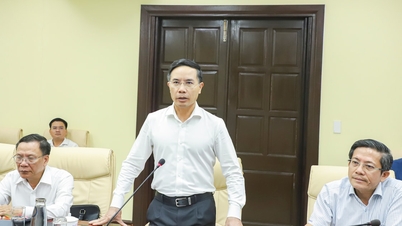
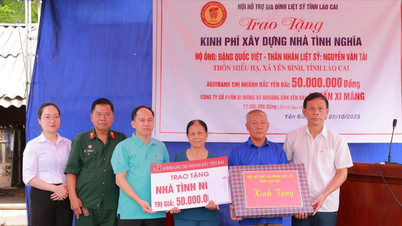


















Comment (0)